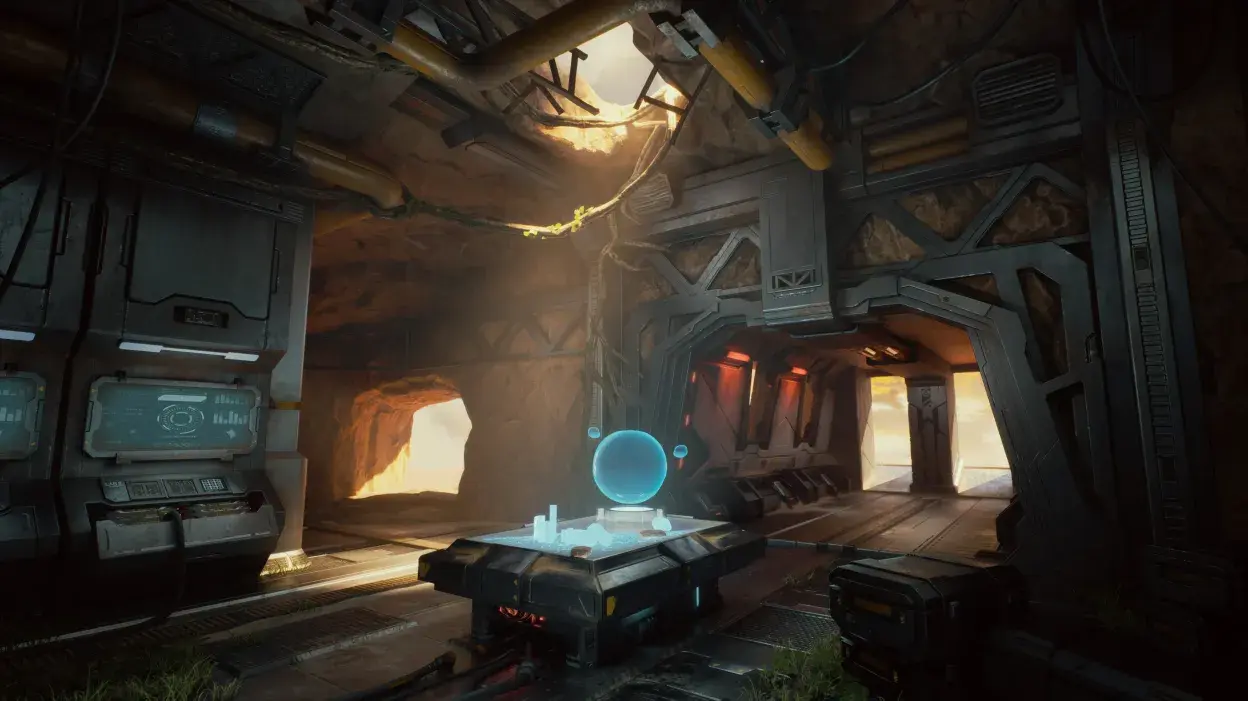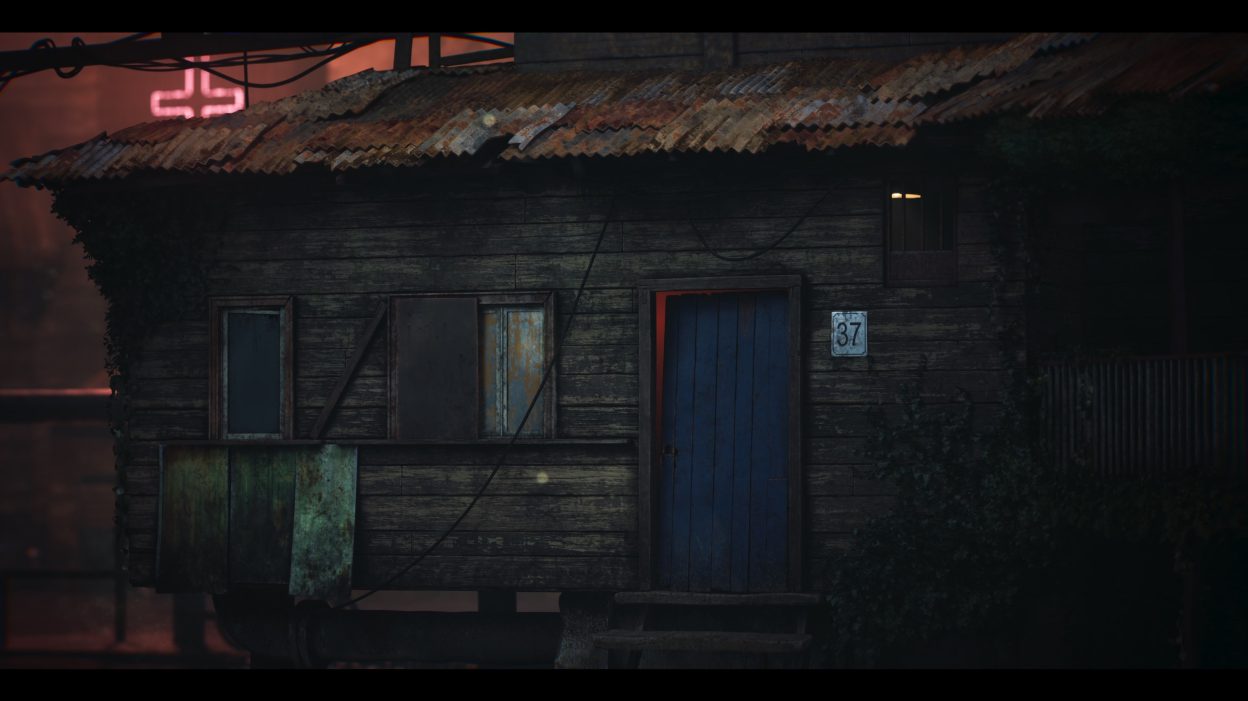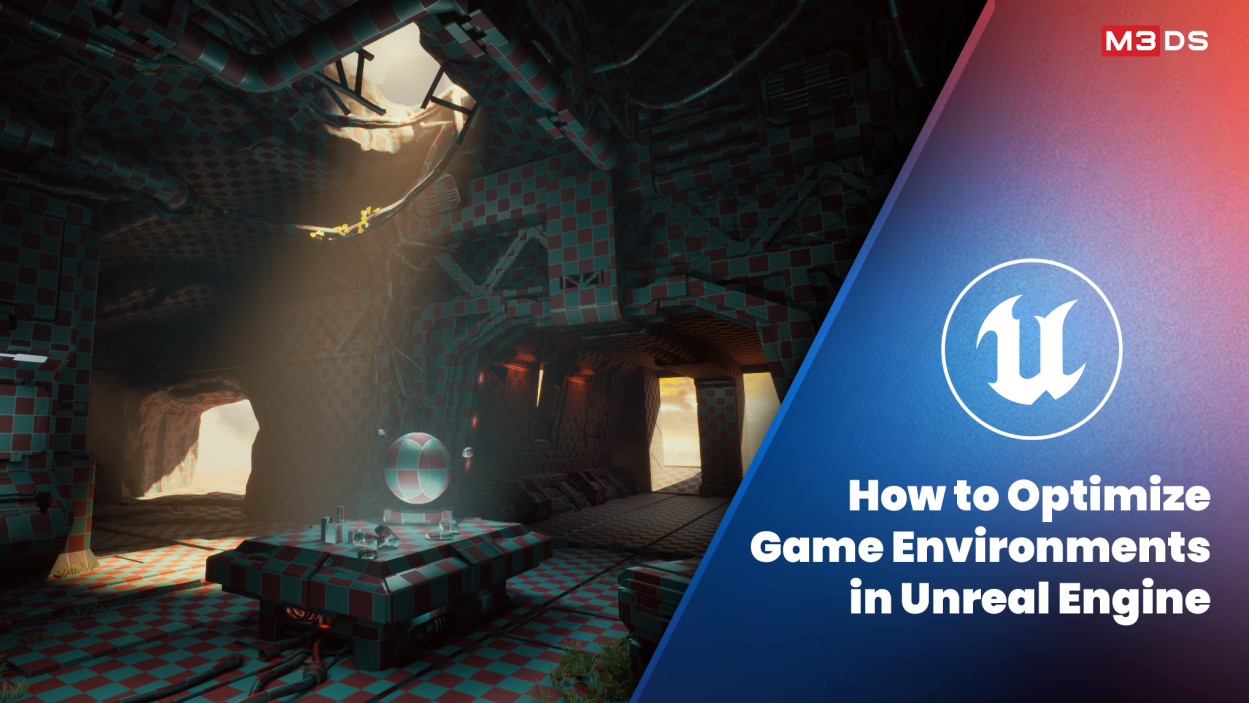How to Optimize Game Environments in Unreal Engine
Building a beautiful game world is one thing; making it run smoothly is another challenge entirely. For environment artists working in Unreal Engine, optimization is the key that transforms visually rich scenes into playable, high-performance experiences.
Whether you’re a beginner taking your first steps in Unreal Engine or a working artist looking to refine your technical workflow, mastering optimization is essential for creating environments that are not only stunning but also game-ready.
This guide provides a complete, step-by-step understanding of how to optimize game environments in Unreal Engine.
Work With Industry-Standard Tools and Workflows
Optimizing environments isn’t just about switching settings-it’s about how assets are made, organized, textured, lit, and assembled. Modern environment artists frequently work across software such as:
- Autodesk Maya and Maxon ZBrush for modeling and sculpting
- Substance Painter & Designer for texture creation and procedural materials
- SpeedTree and Gaea for foliage and terrain
- Unreal Engine for assembly, lighting, optimization, and rendering
By using these tools in combination, you ensure your workflow stays aligned with studio-ready standards while giving you full creative control over how your world looks and performs.

How the Optimization Process Works
Optimization is a process that develops alongside your environment creation. Think of it as a complete pipeline where each phase contributes to a smoother, more polished final scene.
Here’s what an efficient optimization workflow looks like:
1. Define Your Visual Direction
A clear art style helps you decide polygon density, silhouette complexity, lighting needs, shader variety, and overall scene readability.
2. Block Out the Environment
The blockout determines asset placement, player pathing, scale, and performance expectations long before final modeling begins.
3. Build Efficient Assets
Create models with clean topology, use LODs wisely, and structure assets for modular use that will save memory and time.
4. Create Lightweight, Reusable Materials
Procedural materials and intelligently built shader graphs reduce both texture memory and render cost.
5. Optimize Foliage and Terrain
Use SpeedTree-friendly LODs, billboard transitions, culling volumes, and density controls to keep foliage performance steady.
6. Balance Lighting and Shadows
Dynamic lighting offers beauty, but hybrid lighting systems provide the best mix of performance and quality.
7. Optimize VFX and Post-Processing
Stylized fog, particles, glows, and atmosphere should enhance your scene-not overwhelm the GPU.

8. Final Polish for Real-Time Performance
Using Unreal Engine’s profiling tools, you identify slowdowns and refine your final world until it reaches studio-quality performance.
This structured flow ensures that every step supports both the artistic vision and performance goals.
Related Articles:
Why Learn Optimization for Unreal Engine Environments?
Unreal Engine is a powerful tool, but with great power comes heavy workloads. Large scenes, stylized materials, detailed props, and cinematic lighting can quickly overload a project if not planned carefully. Optimization is the bridge that allows artists to:
- Build larger, more interactive worlds
- Maintain smooth FPS across all hardware
- Support high-quality lighting and materials
- Ensure stable gameplay performance
- Create portfolio-ready projects that showcase real industry skill
For stylized environments, especially where bold colors, dynamic lighting, and custom shaders are common-optimization becomes a vital part of world-building.

Flexible Learning for Any Skill Level
Whether you’re new to Unreal Engine or already building complete game scenes, optimization is a skill you can improve at any pace.
- Start wherever you are in your environment creation process
- Learn optimization techniques in manageable steps
- Apply them immediately to your project
- Continue improving with every new scene you create
Optimization is not a one-time task-it’s a mindset that grows with your artistic experience.

Build Smooth, Beautiful Worlds in Unreal Engine
Optimized environments are in high demand across the gaming industry. With the right techniques, you can bring your worlds to life with:
- Efficient geometry
- Lightweight materials
- Balanced lighting
- Beautiful but optimized foliage
- Clean visual direction
- Stable performance across hardware
- A polished final presentation ready for portfolio or production
Every environment you build becomes stronger, smoother, and more visually compelling when optimization is integrated from the start.
Why Choose M3DS Academy?
At M3DS Academy, we specialise exclusively in 3D modelling, sculpting, environment development, and texturing-crafting a focused learning path that truly supports artists who want to build stylised game worlds at a professional level.
Instead of spreading attention across dozens of unrelated topics, our Academy is built around the core disciplines that studios value most, ensuring every lesson directly supports your growth as an environment artist.
Explore our academy programs to discover the learning path that aligns with your goals. Our courses deliver structured, hands-on training in game development, while our advanced masterclasses offer deeper insights guided by industry professionals.
Conclusion
Creating visually compelling environments in Unreal Engine is an exciting process, but ensuring they run efficiently is what truly elevates them into game-ready worlds.
Optimization is the bridge between artistic vision and technical performance, allowing your environments to look stunning while maintaining smooth, stable gameplay.
By following a structured workflow, you maintain control over every aspect of performance.







